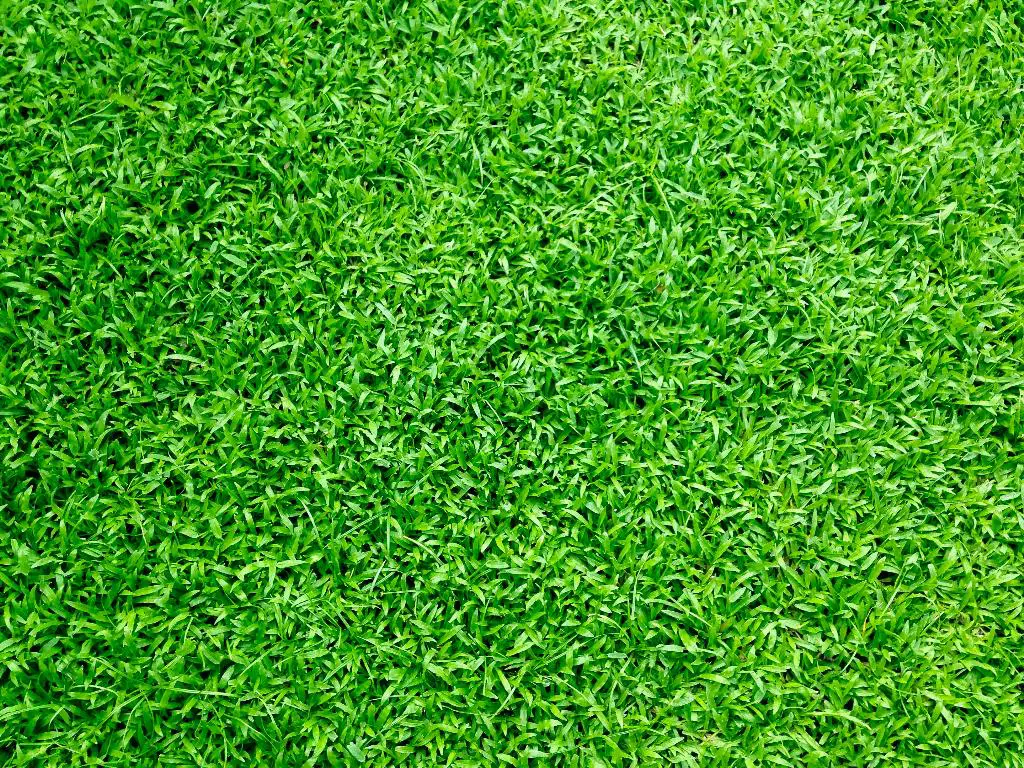When it comes to caring for your lawn, one important aspect that often gets overlooked is the pH level of the soil. The pH level of the soil can have a significant impact on the health and overall appearance of your lawn. This is where lime comes into play.
One of the primary functions of lime is to increase the soil pH. Soil pH is a measure of the acidity or alkalinity of the soil. When the pH level drops below 7.0, the soil is considered acidic, which can negatively affect the growth of grass and other plants in your lawn. By applying lime to the soil, you can raise the pH level and make the soil more alkaline, creating a more hospitable environment for your lawn to thrive.
Having the right soil pH is crucial for the proper uptake of nutrients by the grass roots. When the soil is too acidic, essential nutrients like nitrogen, phosphorus, and potassium become less available to the plants. By raising the pH with lime, you can improve nutrient availability and ensure that your lawn has access to the essential elements it needs to grow healthy and lush.
In addition to improving nutrient availability, lime also helps to enhance the effectiveness of fertilizers. When the soil pH is within the optimal range (usually between 6.0 and 7.0 for most grasses), fertilizers are more readily absorbed by the plants, leading to better growth and greener, thicker turf. Lime acts as a buffer, preventing fluctuations in pH that can inhibit the uptake of nutrients from fertilizers.
Furthermore, lime can help to balance out the harmful effects of acidic rain or irrigation water. Acidic water can gradually lower the pH of the soil over time, making it more difficult for plants to thrive. By applying lime to the soil, you can counteract the acidifying effects of rainwater and maintain a healthy soil pH for your lawn.
Another important benefit of lime is its ability to promote the activity of beneficial soil microorganisms. These microorganisms play a key role in breaking down organic matter, releasing nutrients, and improving soil structure. By creating a more favorable pH environment with lime, you can encourage the growth of these beneficial microbes, leading to healthier soil and stronger, more resilient grass.
Not only does lime improve the overall health and appearance of your lawn, but it can also help to prevent common lawn problems. Acidic soil can create a breeding ground for weeds, moss, and other undesirable plants that thrive in low pH environments. By applying lime to raise the soil pH, you can reduce the prevalence of these weeds and promote the growth of desirable grass species.
It’s important to note that while lime can have many benefits for your lawn, it’s essential to apply it properly and in the right amounts. Overliming can lead to excessive soil alkalinity, which can cause nutrient imbalances and inhibit plant growth. It’s best to conduct a soil test to determine the current pH level of your soil and calculate the correct amount of lime to apply based on the test results.
Overall, lime plays a crucial role in maintaining a healthy and vibrant lawn. By raising the soil pH, improving nutrient availability, enhancing the effectiveness of fertilizers, and promoting beneficial soil microorganisms, lime helps to create an optimal growing environment for your grass. With the right care and attention to soil pH, you can enjoy a lush, green lawn that enhances the beauty of your outdoor space.

